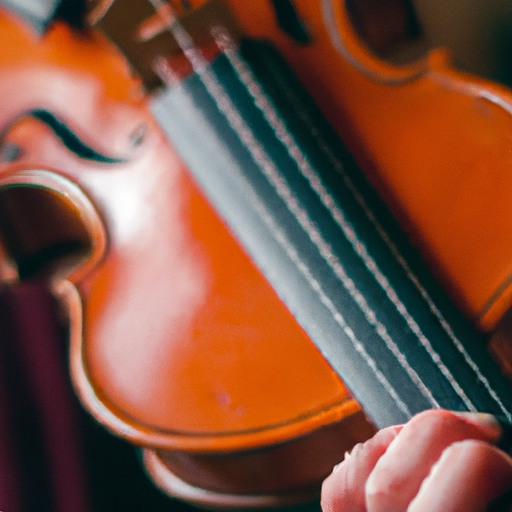
Learning to read sheet music is an essential skill for any violinist, especially beginners. Sheet music provides a roadmap for musicians, allowing them to interpret and perform a piece accurately. In this article, we will explore the importance of learning sheet music reading for beginners, the basic terminologies used in sheet music, and provide a step-by-step guide on how to read sheet music for violin.

Before diving into sheet music reading, it is crucial to familiarize yourself with the different parts of the violin. The violin consists of the body, neck, scroll, pegs, strings, and the various components that make up the bridge, tailpiece, and chinrest. Understanding these parts not only helps in handling the violin but also aids in understanding the instrument's mechanics and sound production.

Music notes are the building blocks of sheet music. They represent the pitch and duration of a sound. There are various types of music notes, such as whole notes, half notes, quarter notes, eighth notes, and sixteenth notes. Each note has a specific shape and duration, which determines how long it should be played.
Sheet music is written on a set of horizontal lines called the staff. The staff consists of five lines and four spaces. Each line and space represents a different pitch. To indicate higher or lower pitches, different clefs are used, such as the treble clef for violin. Clefs provide a reference point for reading sheet music accurately.
The fingerboard is a crucial part of the violin, where the musician places their fingers to produce different pitches. Understanding the fingerboard is essential for proper intonation and finger placement. Beginners should spend time memorizing the fingerboard to navigate it more confidently.
Music theory encompasses the study of scales, key signatures, and other foundational elements of music. Understanding music scales helps violinists recognize patterns and intervals, enabling them to play melodies and harmonies more easily. Key signatures indicate the tonality of a piece and provide valuable information for reading sheet music.
Reading sheet music for violin can initially seem overwhelming, but with practice, it becomes more manageable. Violin sheet music uses a combination of notes, rests, dynamics, tempo markings, and other symbols to convey musical information. Beginners should start by identifying the notes on the staff, understanding the rhythmic values, and gradually progress to more complex pieces.
Regular practice is crucial for developing proficiency in sheet music reading for violin. Consistency and dedication are key to improving your skills. Additionally, it is essential to set specific goals and practice efficiently. Breaking down challenging passages, using a metronome, and seeking guidance from a qualified teacher can significantly enhance your practice sessions.
When learning sheet music reading, beginners often make common mistakes. These include misidentifying notes, playing incorrect rhythms, and neglecting essential musical markings. To avoid these mistakes, it is essential to take your time, practice slowly, and pay attention to details. Regular review and seeking feedback from a teacher can help address these issues.
Learning sheet music reading for violin is a journey that requires patience, dedication, and consistent practice. By understanding the importance of sheet music, familiarizing yourself with the violin's parts, learning music notes and theory, and practicing efficiently, you can progress and become a proficient violinist. Remember to stay motivated, seek guidance when needed, and enjoy the process of learning this beautiful instrument.